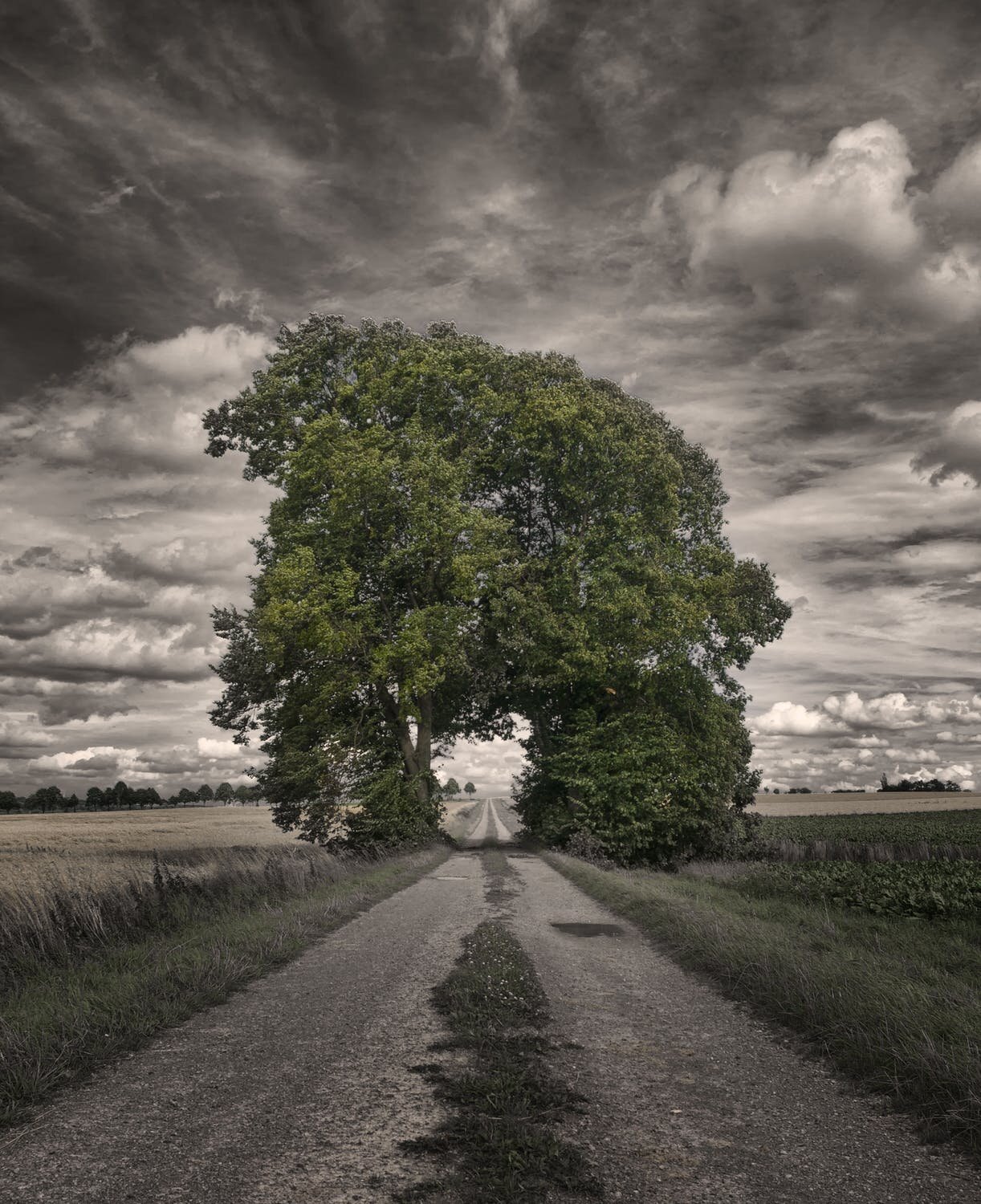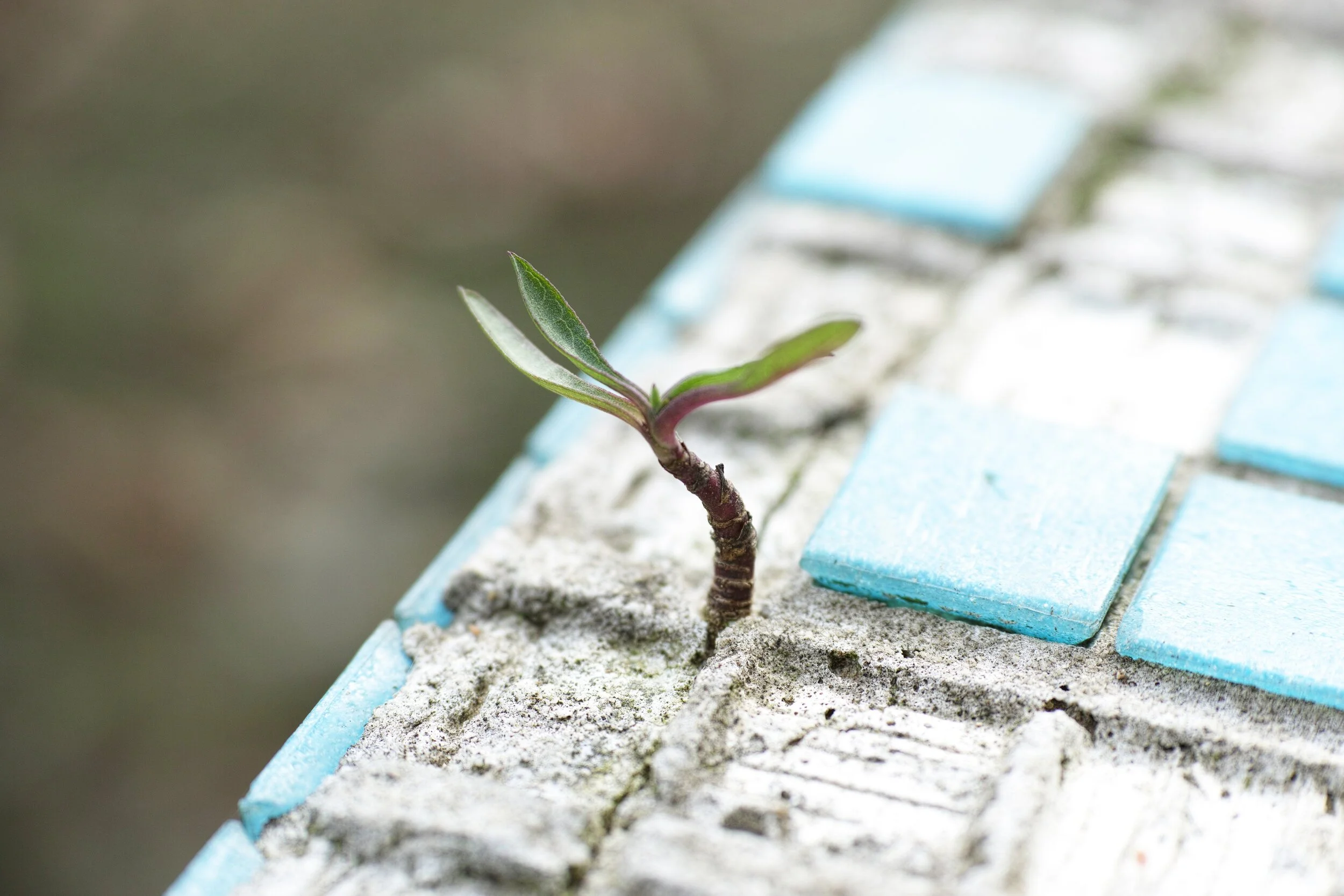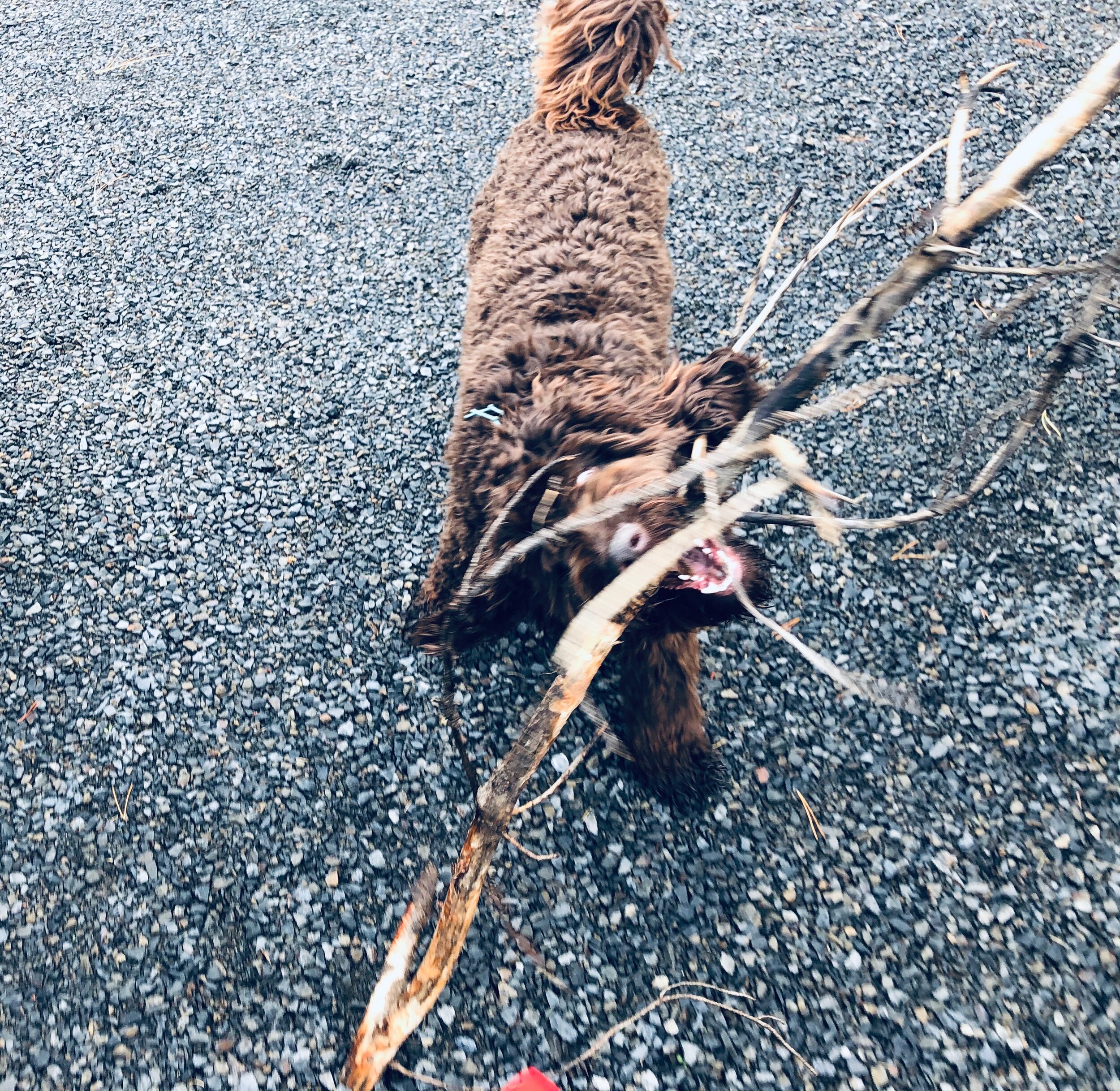It was a cold, wet, dark, drizzly morning in our little neck of the woods. But rain or shine, Gracie-the-chocolate-labradoodle needs to get outside and get some exercise, and frankly, so do I.
Heading out it didn’t feel like there was much joy in the air, and to be sure, there are days when joy can be hard to come by. Part way down our road we came upon a downed branch from a nearby tree. It was almost twice as long as Gracie with smaller branches sticking out all over, and my thought was to toss it off to the side of the road out of the way of cars. Just throw it away, be done with it, and check the walk-the-dog-in-spite-of-the-cold-wet-dark-drizzly-joyless morning off of my list.
Gracie, however, had a different idea.
She grabbed that stick by one of the branches and took off at full tilt. She shook it this way, and then that way. Head held high, tail up in the air, she pranced up the road, raced in circles, lost her grip on the branch, and snatched it up again. Shaking a stick at the cold, wet, dark, drizzly morning, up and down the road she pranced, around and around the field she raced. She just simply wouldn’t, or more likely couldn’t, quit. She was brown, curly haired joy from tip to tail. Pretty soon, so was I—minus the curly brown hair and tail. Joy, it seems, is contagious.
Rather than shake our fist at a dark day, maybe we can try being like Gracie, and shake a joyful stick at it instead.











